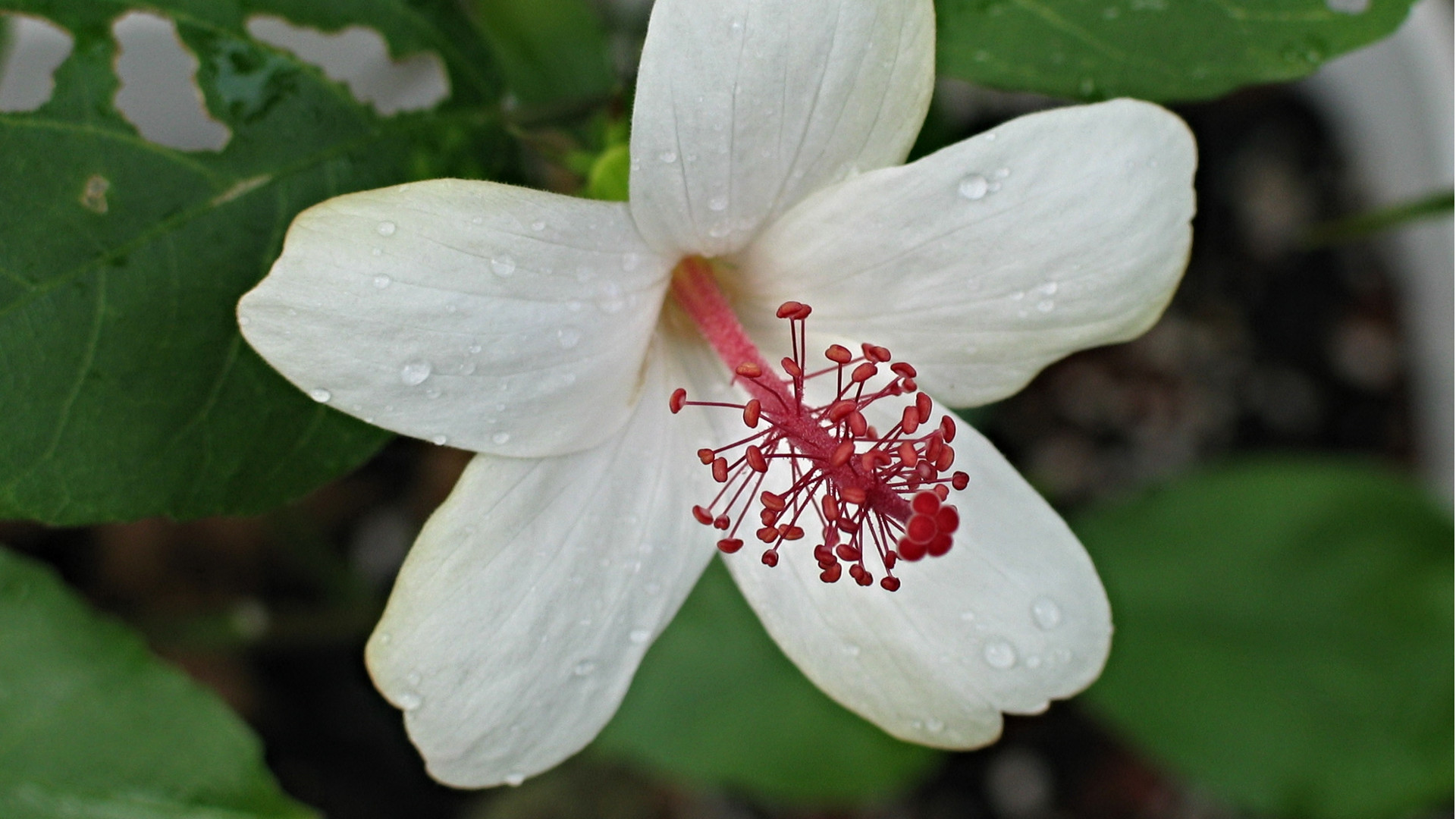Last year the annual “State of the World’s Plants” report from Kew Gardens calculated that 21 percent of the world’s 391,000 known plant species were at risk of extinction.
That’s worrying enough, but should we be even more concerned? A recent paper, “The Fate of the World’s Plants” by prominent conservationist scientists Stuart Pimm and Peter Raven, suggests that Kew’s number, which increases by thousands every year, is still incomplete. Pimm and Raven estimate that another 70,000 or so plant species remain to be discovered by science. Many of these species probably grow in extremely small and remote habitat niches, making them hard to discover and particularly vulnerable to habitat loss and climate change.
“The alarming question is whether these as-yet unknown species will survive long enough for us to collect them,” notes the paper. As an example, they point to Papua New Guinea, where only 334 new plant species were discovered between 2004 and 2015 despite the country’s incredible endemic biodiversity. “That is doubtless partly due to the difficulty of reaching remote areas there, but all tropic areas remain poorly studied,” wrote the biologists.
Raven, who’s president emeritus of Missouri Botanical Gardens, says the paper makes two important points. “One is of course that we need to make some changes in order to ever attain global sustainability.” He points to the Global Footprint Network, which calculates that Earth’s human population is already using more of the world’s resources than the planet can sustain — a situation that worsen by the end of the century, when the number of people is expected to soar to around 11 billion.
Secondly, Raven says the paper serves as a conservation call for action. “The other, brighter side,” he says, “is that plants can be preserved much more easily than almost any other group, and certainly more than any other group of such huge economic importance.” Seed banks, botanical gardens and other institutions, he says, are already doing great work growing rare species, preserving their seeds, and figuring out how to get certain species to reproduce.
But time is of the essence, he says. “As our colleague Daniel Janzen of the University of Pennsylvania said very cogently, ‘if you don’t save it now, you can’t save it later.’”
Raven acknowledges that not enough is being done, perhaps because plants just don’t grab enough attention. “They’re the backbone of our ecosystems,” he says, “but if you get a group of botanists and stand them in front of a row of trees and a hummingbird flies up, they’ll all say ‘Oh, look, there’s a living thing!’ ”
But botanists do have this problem on their collective radar. Raven says preserving rare plants will be a big focus at the International Botanical Congress, coming next month in Shenzhen, China.
So what is the fate of the world’s plants? “We’re determining that fate by what we do next,” Raven says.
Previously on The Revelator:
The Extinction Crisis is Here. How do We Keep from Feeling Overwhelmed?



By far the greatest mass extinction is taking place in the part of this planet that is blue but no one seems to notice or care. Vast regions of the world’s ocean pastures have been lost. While the terrancentric view the loss of the 20% of the Amazon forest and accompanying biodiversity as a great global tragedy the word of loss of the equivalent of an entire Amazon forest and biodiversity every five years due to ocean desertification from 1950 to present falls upon deaf ears and eyes. http://russgeorge.net/2016/06/27/restoring-10-ocean-amazon-rainforests-just-5-years/